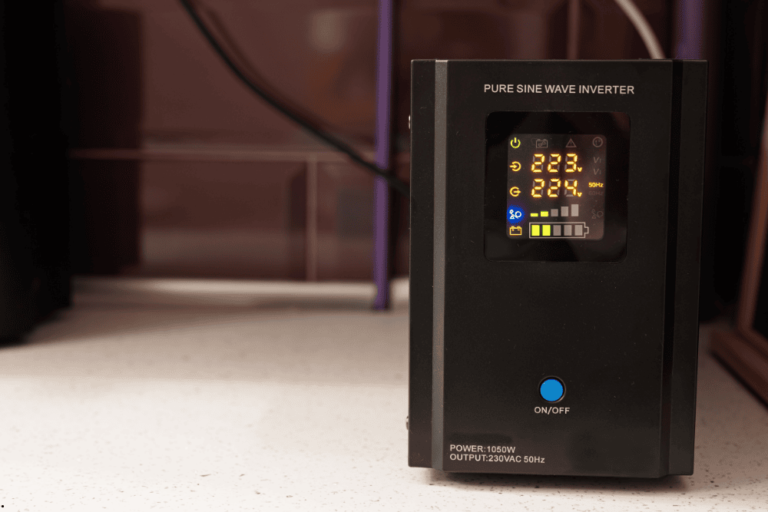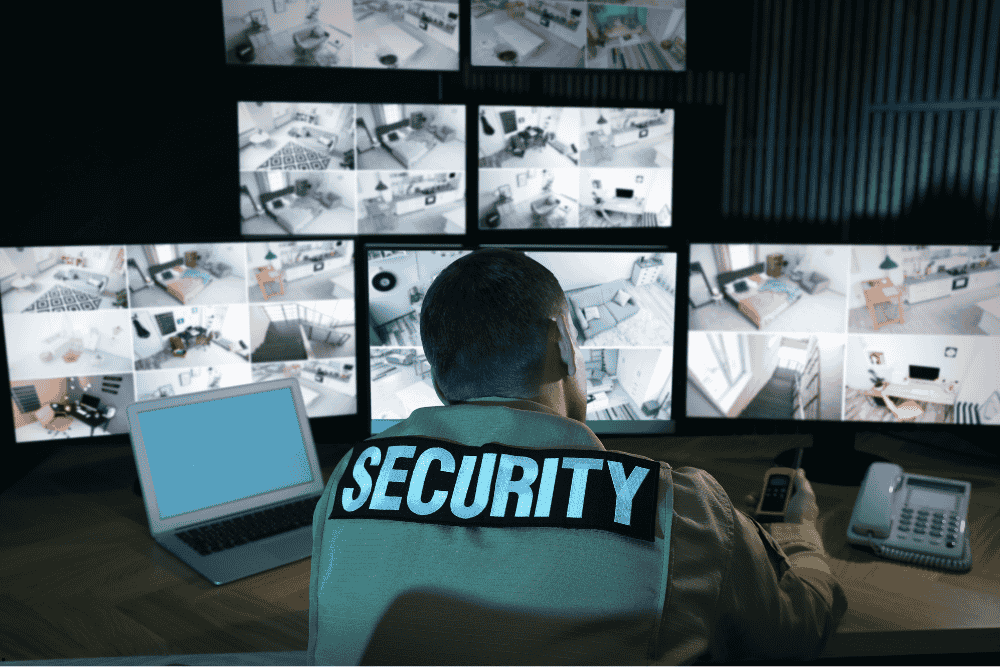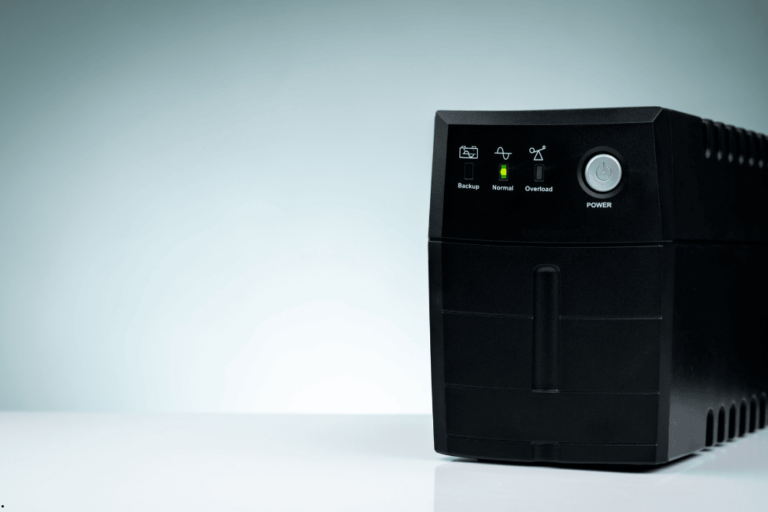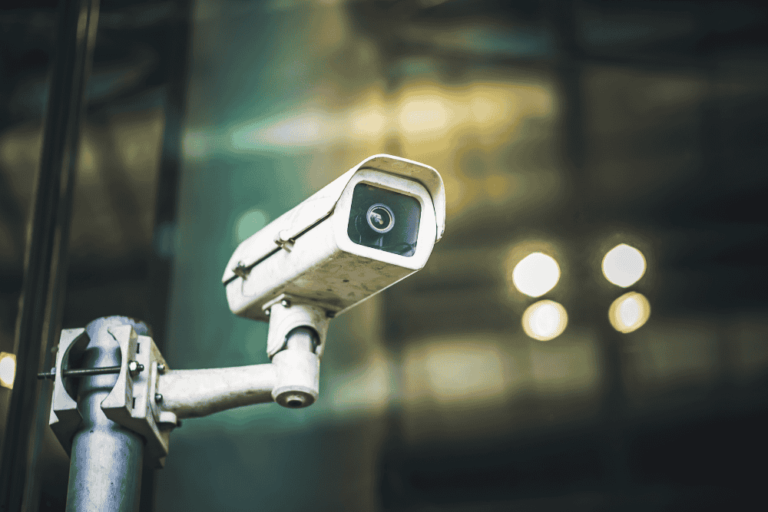

How to Install and Maintain Video Surveillance Systems in Homes and Businesses: A Comprehensive Guide
Video surveillance systems, commonly known as CCTV, have become one of the most effective and essential tools for enhancing security and protecting property in residential and commercial settings. These systems allow you to monitor activities in real-time and record video footage that can be accessed later for security audits, investigations, or evidence. Given the rising concerns over theft, vandalism, and unauthorized access, installing a reliable video surveillance system has shifted from being an optional luxury to a critical necessity.
If you are planning to install a video surveillance system for your home or business, having a solid understanding of how to select the right equipment, install it properly, and maintain it regularly will ensure that your security setup remains robust, effective, and sustainable over time. This comprehensive guide will walk you through every step of the process—from choosing the right system and placement to performing ongoing maintenance—so you can maximize your protection and peace of mind.
The Importance of Video Surveillance Systems in Residential and Commercial Spaces
Video surveillance systems play a pivotal role in safeguarding people and assets by providing an additional layer of security. Here are some of the key benefits that make them indispensable:
Immediate Crime Deterrence:
The mere presence of visible cameras significantly discourages criminal activities such as theft, burglary, and vandalism.Real-Time Monitoring:
Modern CCTV systems enable homeowners and business operators to monitor their properties remotely via smartphones, tablets, or computers, providing peace of mind even when away.Detailed Incident Documentation:
Continuous recording creates a valuable archive of video evidence that can be used for legal proceedings, insurance claims, or investigations.Enhanced Employee Oversight:
In workplace environments, surveillance cameras promote accountability and discipline among employees by monitoring behavior and performance.Safety Monitoring:
Cameras can also be used to ensure safety protocols are followed, detect emergencies early, and coordinate rapid responses.
Understanding the Different Types of Video Surveillance Cameras
Choosing the right type of camera is crucial for effective surveillance. Here’s a breakdown of common camera types and their ideal applications:
Indoor Cameras
Designed specifically for indoor use, these cameras monitor areas such as offices, hallways, living rooms, and reception areas.
Typically compact with sleek designs to blend into indoor environments.
Many models include features like night vision and motion detection for 24/7 surveillance.
Outdoor Cameras
Built to withstand harsh weather conditions, including rain, dust, and extreme temperatures.
Feature rugged, waterproof casings with an IP65 or higher rating.
Commonly installed at entrances, parking lots, gates, and exterior walls.
Equipped with infrared night vision for clear footage in darkness.
PTZ Cameras (Pan-Tilt-Zoom)
Allow remote control of the camera’s orientation, offering a 360-degree pan, tilt functionality, and powerful optical zoom.
Perfect for large spaces such as warehouses, shopping malls, or stadiums where wide-area coverage and detailed monitoring are necessary.
Night Vision Cameras
Utilize infrared LEDs to illuminate dark areas invisibly, ensuring clear video even in complete darkness.
Ideal for both indoor and outdoor low-light environments like garages, basements, or alleys.
IP Cameras (Network Cameras)
Connect to your network and allow access to live and recorded footage over the internet.
Offer high-definition video quality, remote access, and integration with cloud storage.
Highly scalable and suitable for modern smart homes and businesses.
Step-by-Step Process for Installing Video Surveillance Systems
1. Planning and Designing Your Surveillance Setup
Identify High-Risk Areas:
Map out entrances, exits, parking areas, cash registers, server rooms, and any other sensitive locations requiring surveillance.Calculate Required Number of Cameras:
Ensure coverage of all vulnerable spots with minimal blind zones to maximize security.Choose Appropriate Camera Types:
Based on location, lighting, and surveillance needs, decide on the best cameras for indoor, outdoor, or wide-area monitoring.
2. Selecting Compatible Equipment
Recording Devices:
Select between DVR (Digital Video Recorder) for analog cameras or NVR (Network Video Recorder) for IP cameras, ensuring sufficient storage capacity and compatibility.Cabling and Connectivity:
Use high-quality coaxial cables for analog systems or Ethernet cables for IP systems to ensure signal integrity.Storage Solutions:
Choose high-capacity hard drives for local storage or cloud options for off-site backup and redundancy.
3. Installing Cameras
Mounting Location:
Install cameras at elevated, secure locations to deter tampering and provide broad visibility.Optimizing Angles:
Adjust each camera to cover critical zones and avoid obstructions such as walls, trees, or fixtures.Testing Cameras:
After installation, verify that all cameras provide clear images and operate correctly under varying lighting conditions.
Essential Maintenance Practices for Video Surveillance Systems
Regular System Inspections
Periodically inspect camera housings for damage, dirt, or spider webs that could impair vision.
Clean lenses carefully to maintain image clarity.
Firmware and Software Updates
Keep the system’s firmware and associated software up to date to patch vulnerabilities and improve functionality.
Storage Management
Monitor storage health and replace aging or faulty hard drives to prevent data loss.
Set up automatic overwriting policies or cloud backups for efficient storage management.
Performance Monitoring
Use mobile or desktop applications to check real-time camera feeds and receive alerts for system errors or connectivity issues.
Address signal interference or disruptions promptly to maintain continuous coverage.
Practical Tips for Choosing the Right Surveillance System
Size and Layout of Property:
Larger properties generally require more cameras and advanced networking solutions.Budget Considerations:
Balance the need for quality and features with your budget to find the best value system.Video Quality:
Invest in cameras with at least 1080p resolution for clear and usable footage.User Experience:
Opt for systems with intuitive interfaces and mobile app compatibility for easy management.Integration with Other Security Measures:
Consider systems that integrate with alarms, access controls, or smart home devices for a holistic security approach.
Leading Brands in Video Surveillance Systems
Hikvision: Renowned for innovative AI-powered cameras with advanced night vision capabilities.
Dahua Technology: Offers reliable, scalable solutions for homes and businesses alike.
Arlo: Specializes in wireless, easy-to-install systems suitable for smaller setups.
Reolink: Provides cost-effective options without compromising on video quality.
Conclusion
Installing and maintaining a video surveillance system is a crucial investment in protecting your home or business. By carefully selecting the appropriate cameras, planning installation strategically, and performing regular maintenance, you can create a security system that offers reliable, long-term protection. Stay proactive in managing your system to deter crime, monitor activities, and ensure the safety of your loved ones or employees effectively.


